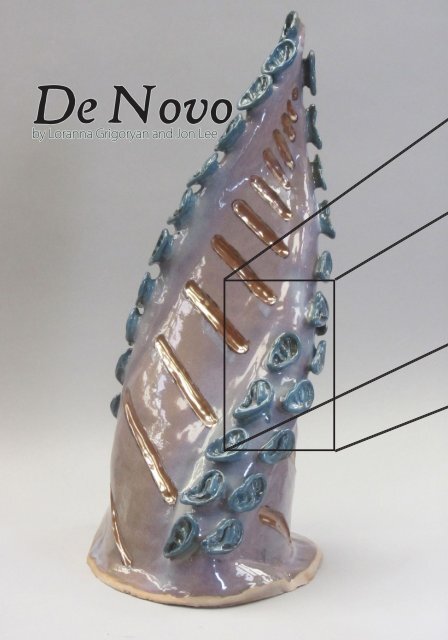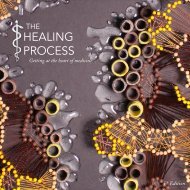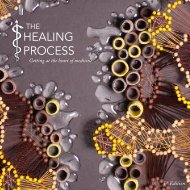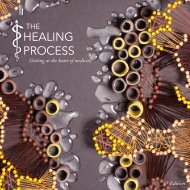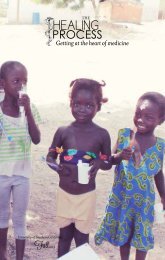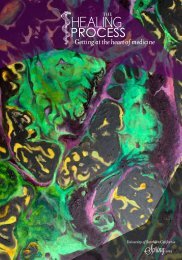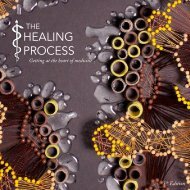final_thp_3rdedition
Create successful ePaper yourself
Turn your PDF publications into a flip-book with our unique Google optimized e-Paper software.
De Novo<br />
by Loranna Grigoryan and Jon Lee<br />
development, and the<br />
biochemical machinery<br />
responsible for this<br />
coordination. Dr. Segil told<br />
us this: “We are engaged in<br />
identifying and manipulating<br />
sensory progenitors/stem<br />
cells as potential targets<br />
for therapeutic approaches<br />
to hearing loss through<br />
regeneration. We have<br />
developed tools, in the form of<br />
cell-type specific markers and<br />
purification techniques, as well<br />
as cell culture methods<br />
for studying the behavior of<br />
sensory cell progenitors. We<br />
are currently using these tools<br />
to characterize the lineage<br />
and regenerative potential of<br />
specific cell populations within<br />
the postnatal inner ear.”<br />
Based on this, we decided<br />
to create a piece that reflects<br />
all of the above. Hence, we<br />
have the base/structure look<br />
like the DNA double helix,<br />
which holds the ears that are<br />
arranged like inner ear hair<br />
cells.<br />
We spoke with Dr. Segil from<br />
the Broad/CIRM Center<br />
for Regenerative Medicine<br />
and Stem Cell Research. Dr.<br />
Segil explained to us that<br />
their research is on embryonic<br />
development of the inner ear.<br />
The researchers are exploring<br />
the proliferation of cells, their<br />
growth and<br />
USC Roski + Stem Cell<br />
Stem cell research through the lens of art<br />
PAGE | 33 PAGE | 34


